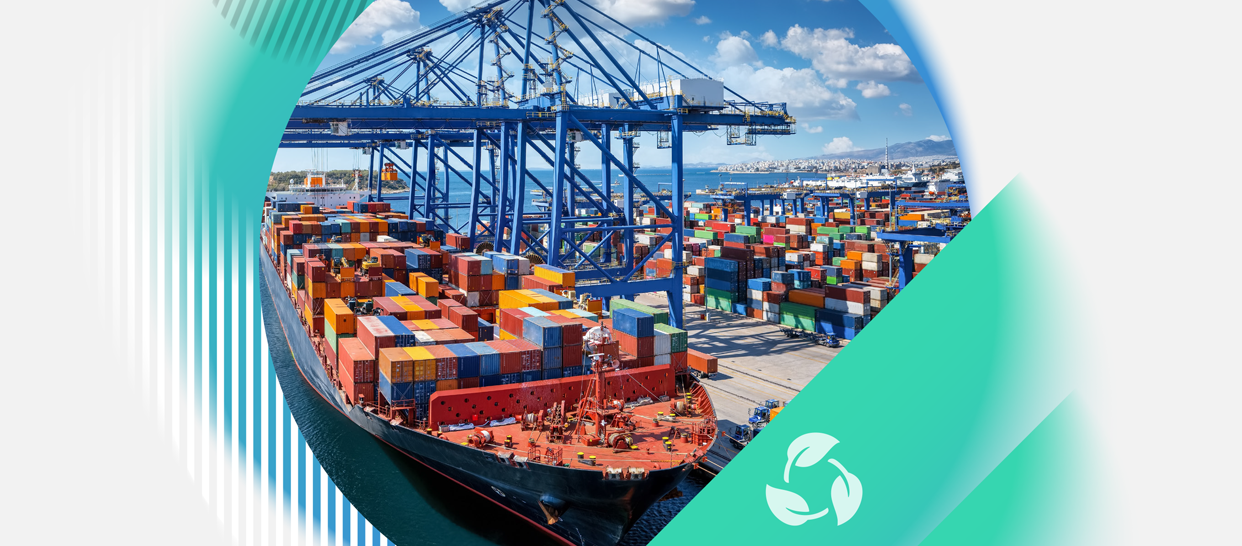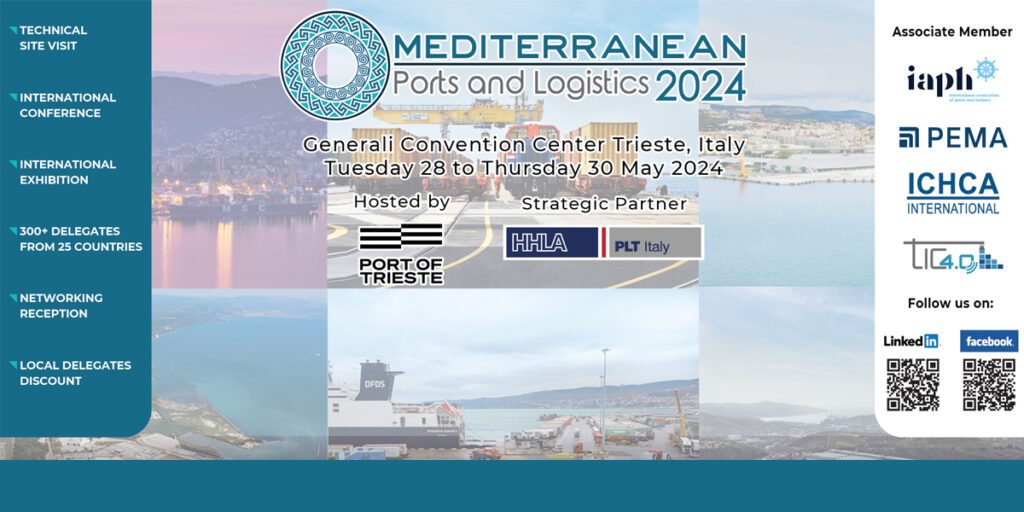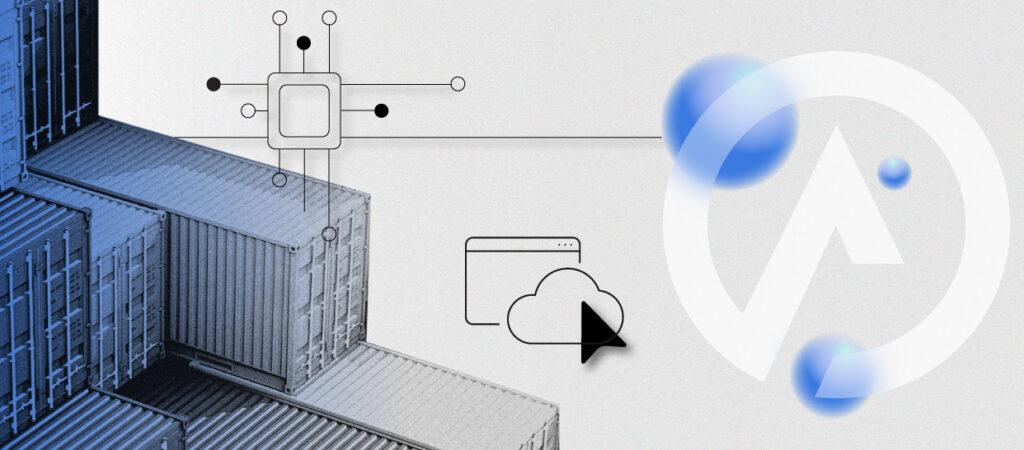Greening the Supply Chain: The Time to Act is Now
Leveraging Technology to Drive Emissions Reduction and Efficiency in the Push Toward Net Zero

The maritime industry is rapidly shifting towards net-zero emissions, with container terminals playing a crucial role in this transformation. As regulatory pressures increase and customer demand for sustainable practices grows, ports are tasked with reducing greenhouse gas (GHG) emissions while maintaining operational efficiency. Although investments in electrification and renewable energy are key long-term solutions, AI-driven optimization offers an immediate and cost-effective approach to cutting emissions and enhancing terminal productivity.
This white paper examines the essential role of AI-based technologies in decarbonization efforts. By optimizing container movements and forecasting operational needs, AI-driven systems can lower emissions while improving throughput and reducing operational costs. Through case studies, we explore how container terminals can leverage AI to meet sustainability goals, enhance financial performance, and establish leadership in an increasingly competitive, eco-conscious marketplace. The future of terminal operations lies in integrating technology with sustainability, and the time for action is now.
Download Now!
Trending Now
Take A Closer Look
Wondering what this solution looks like in your own container yard? Download the comprehensive case study that breaks down the how and why—and envision groundbreaking progress in your operations for tomorrow.



